A
nxiety is a normal human emotion that everyone experiences from time to time. However, when anxiety becomes overwhelming and uncontrollable, it can lead to an anxiety attack. An anxiety attack is a sudden onset of intense fear or discomfort that can last several hours or even days. Here are some signs and symptoms to help you recognize an anxiety attack.
Physical symptoms of anxiety attack
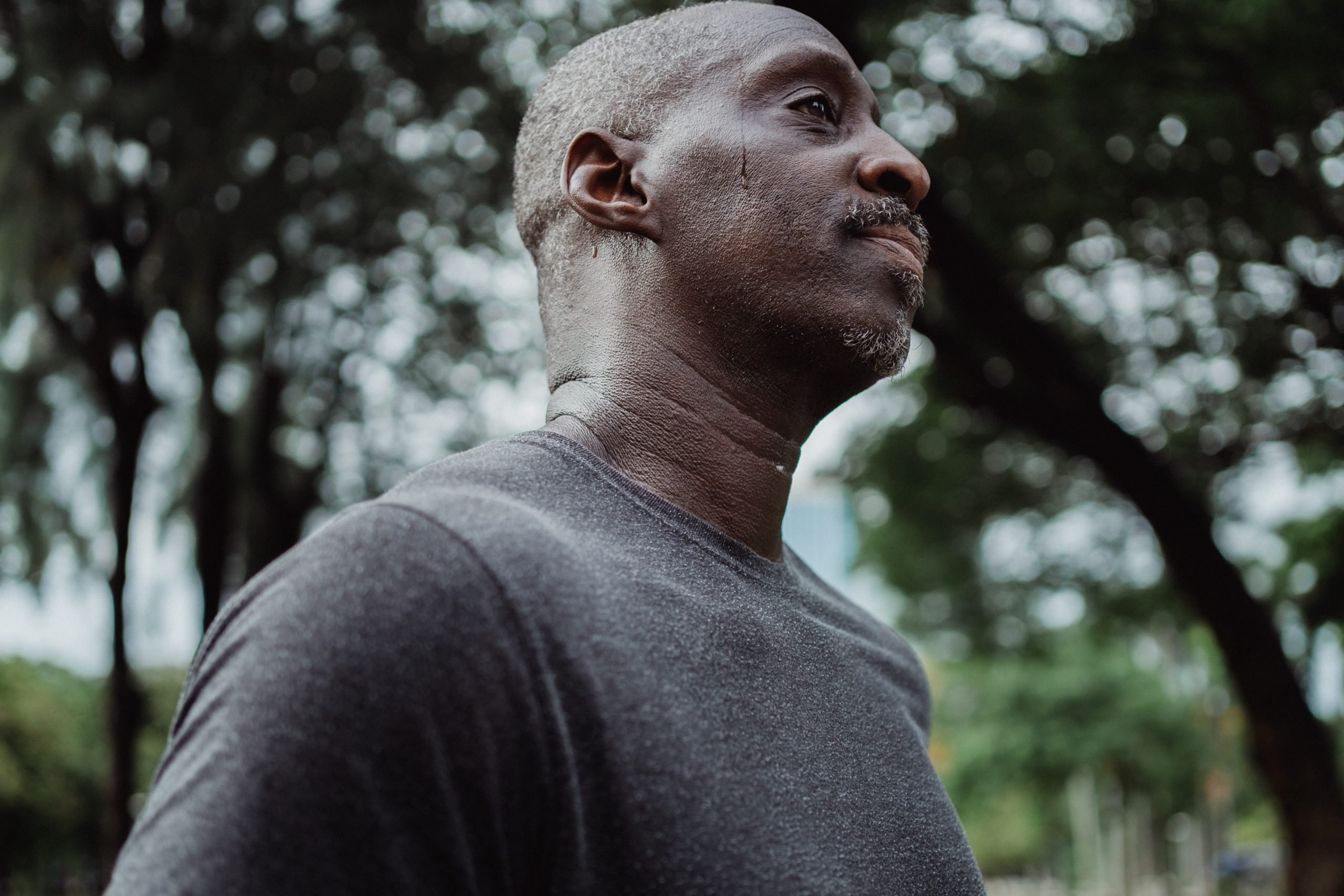
During an anxiety attack, the body responds as if it is in danger, triggering the fight-or-flight response. This can cause physical symptoms such as:
- Rapid heartbeat
- Sweating
- Trembling
- Shortness of breath
- Chest pain
- Nausea
You may also feel dizzy or lightheaded. These symptoms can be so severe that it feels like you are having a heart attack or dying.
Psychological symptoms
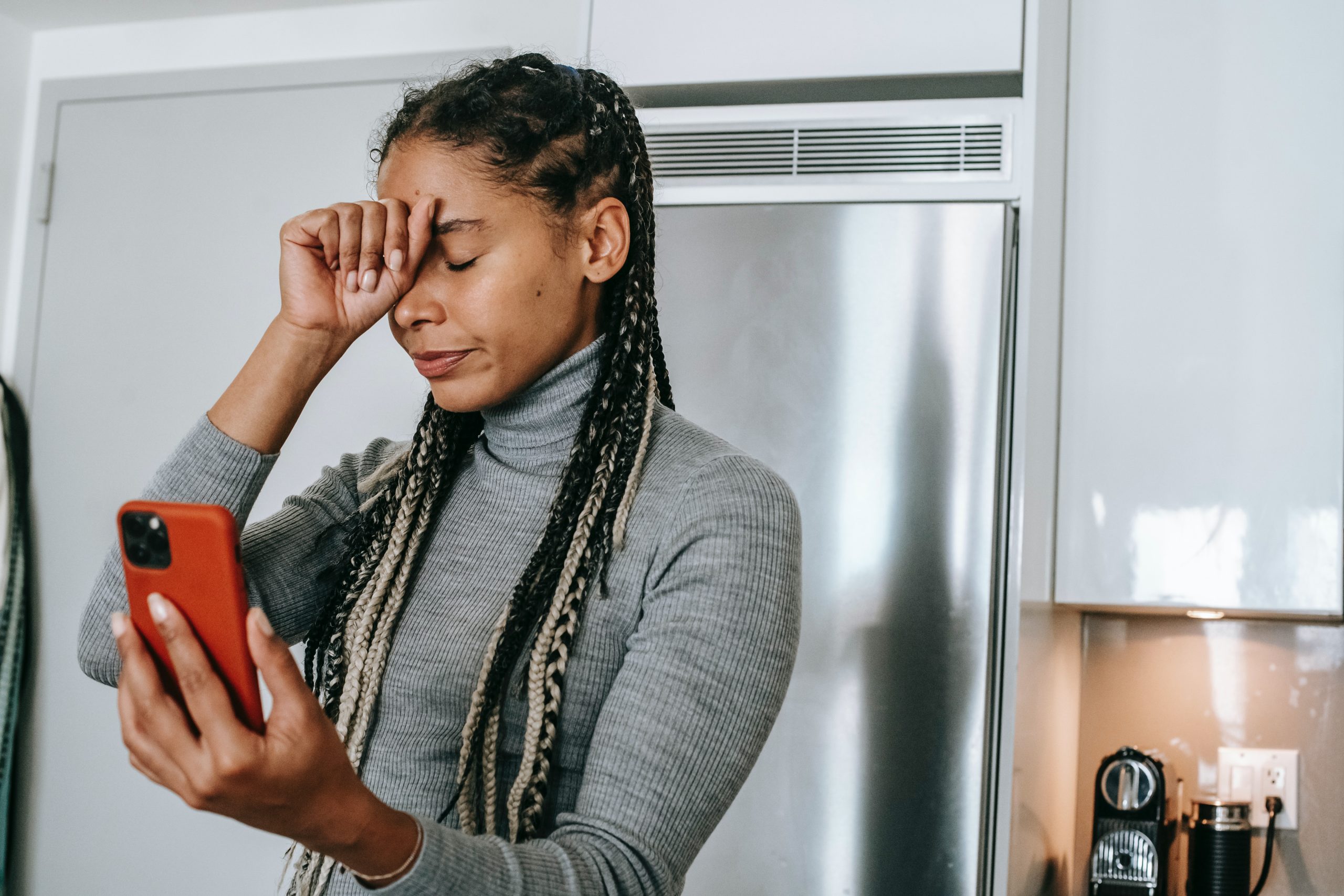
In addition to physical symptoms, anxiety attacks can also cause psychological symptoms, such as intense fear, panic, insomnia, and a feeling of impending doom. It often makes you feel like you’re losing control or going crazy. You may also experience depersonalization or derealization, which is a feeling of detachment from yourself or your surroundings.
Triggers: Anxiety attacks can be triggered by various factors, such as stress, trauma, phobias, or even certain medications. It is important to identify your triggers so you can learn to manage them effectively. Triggers can also include public speaking, social situations, flying, driving, and crowded places.
Check out 4 easy steps to recognizing an anxiety attack…
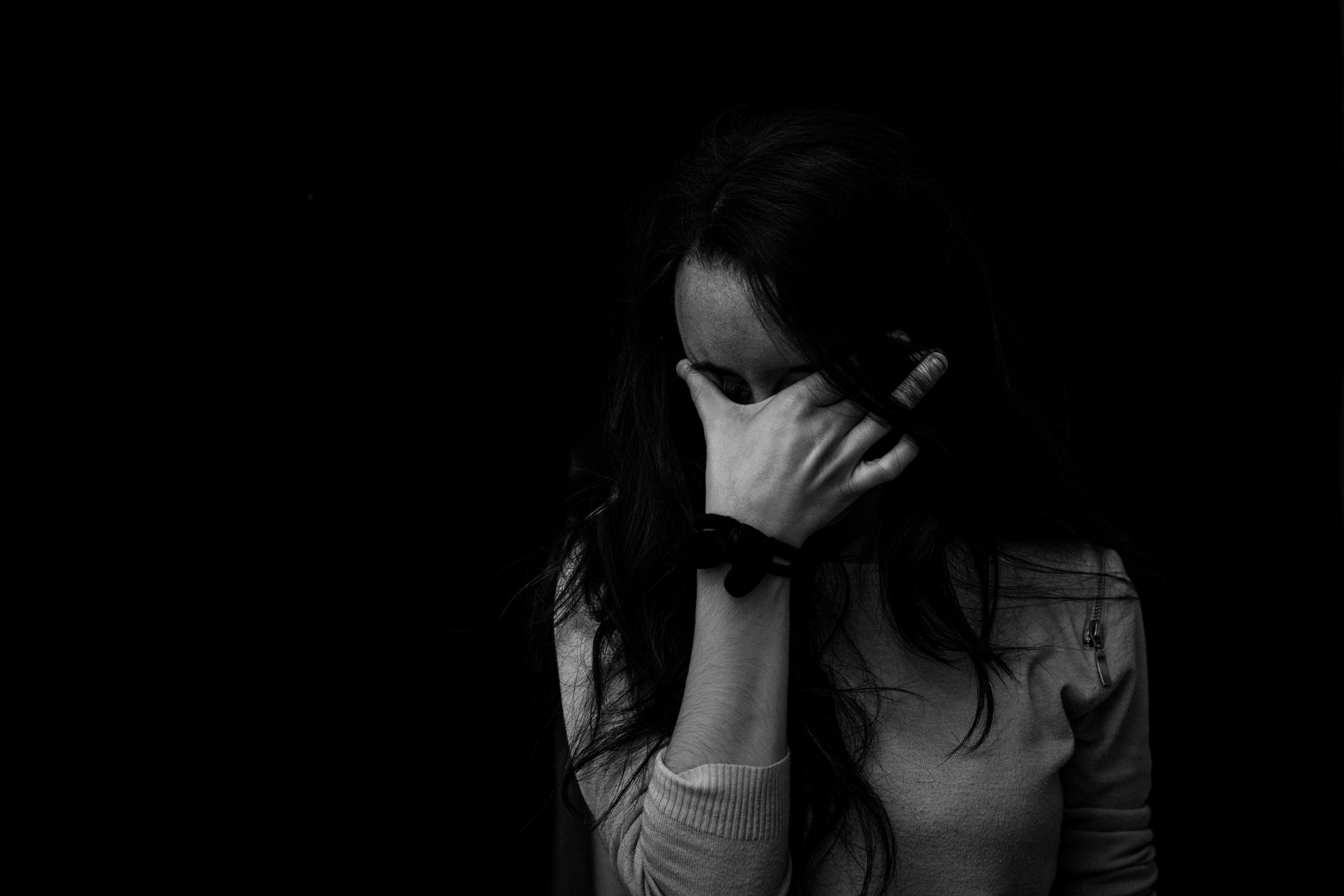
Recognizing an anxiety attack can be challenging as it can manifest differently in different people. However, there are several steps one can take to identify and manage the situation.
- Step 1 – Pay attention: The first step is to pay attention to your body. Are you having a rapid heartbeat, shortness of breath, excessive sweat, nausea or stomach discomfort, dizziness or lightheadedness, perhaps muscle tension or weakness all at the same? It could be that you’re having an anxiety attack.
- Step 2 – Be observant: The next step is to observe your thoughts and feelings. During an anxiety attack, a person may experience intense worry, fear, and negative thoughts. Identifying these thoughts and understanding that they are a result of the anxiety attack can help you manage them properly.
- Step 3 – Look for patterns: The third step is to watch out for triggers and patterns. What am I doing at the moment that’s contributing to my anxiety? Various factors can intensify anxiety attacks. Understanding these triggers can help individuals avoid them or manage them better when they occur.
- Step 4 – Seek support: The last step is to seek support and professional help. It is crucial to speak to a mental health professional who can provide guidance and support in managing anxiety attacks. They can help identify coping strategies that work best for each individual and provide guidance on medication and therapy.
Coping strategies
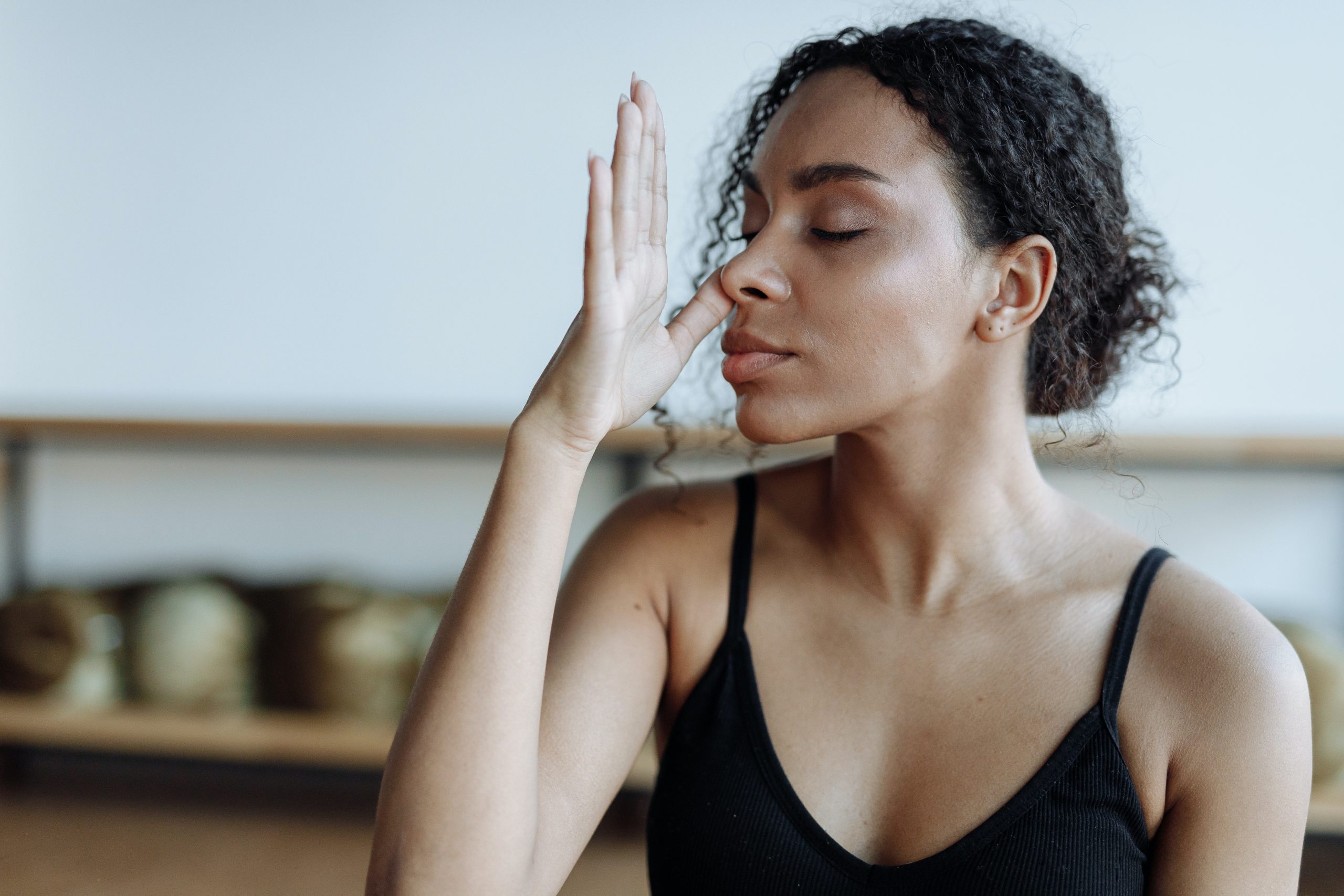
Several coping strategies can be effective in managing anxiety attacks. These may include deep breathing and relaxation techniques, mindfulness and meditation, cognitive-behavioral therapy (CBT), and medications.
Deep breathing and relaxation techniques can calm the mind and reduce physical symptoms. Mindfulness and meditation can help to refocus the mind on the present moment and reduce negative thoughts. On the other hand, CBT helps individuals identify negative thoughts and beliefs and replace them with positive ones. While medications, such as antidepressants and anti-anxiety medications, help manage symptoms in severe cases.
Panic attack versus anxiety attack
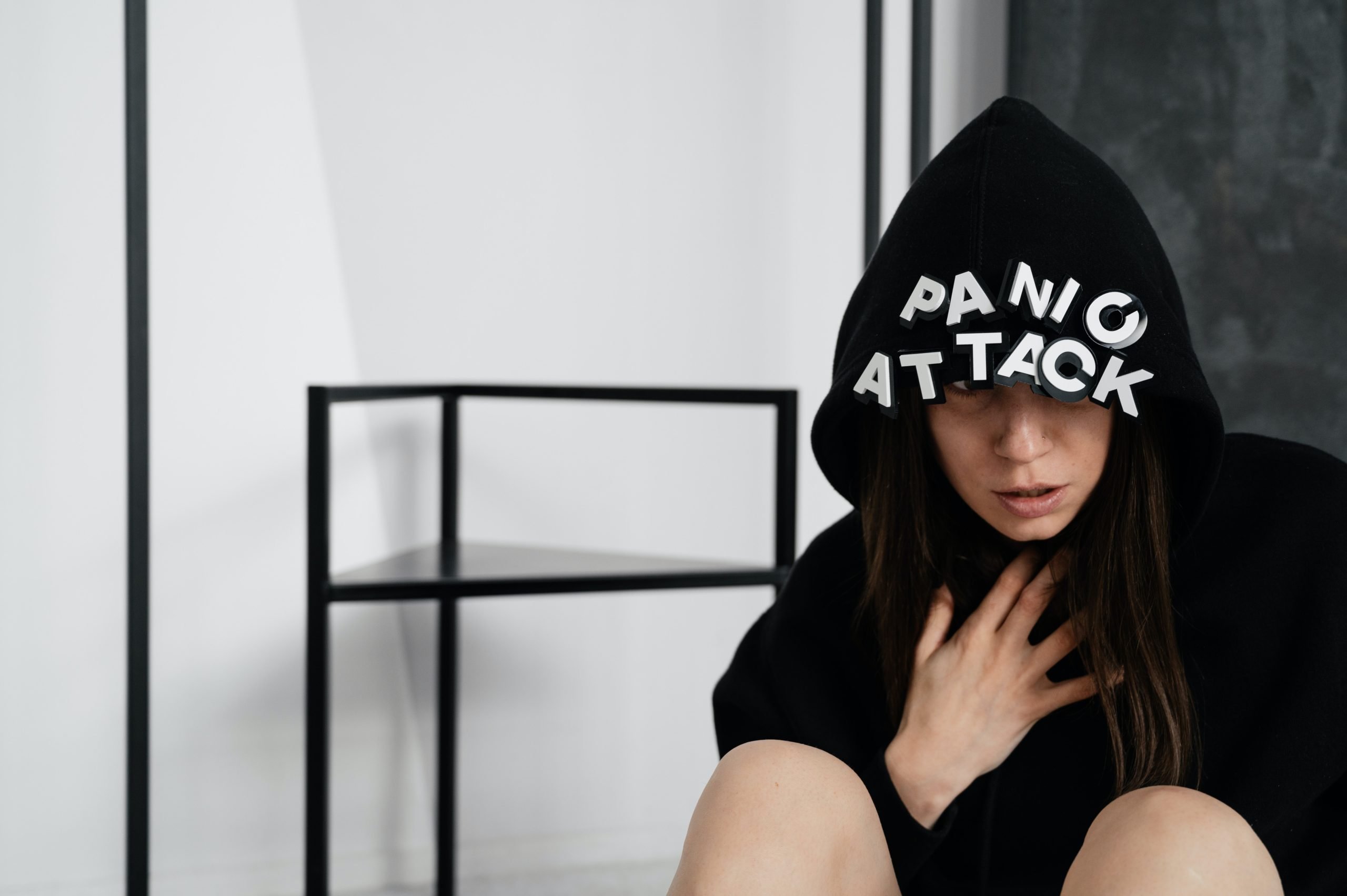
Panic attacks and anxiety attacks are both intense episodes of fear and discomfort, but they differ in their duration, intensity, and specific symptoms. A panic attack is a more sudden and intense surge of fear or discomfort that typically peaks within minutes and can last up to an hour. During a panic attack, a person may experience several physical symptoms, such as a racing heartbeat, sweating, trembling, shortness of breath, chest pain or discomfort, nausea, and a feeling of choking or suffocation. Panic attacks occur unexpectedly, mostly without any clear trigger.
Anxiety attacks, on the other hand, typically involve a sense of apprehension, worry, or fear that can be mild or severe and can last for longer periods. While anxiety attacks may also involve physical symptoms like a racing heart, sweating, and trembling, they tend to be less intense than panic attacks. Anxiety attacks are often triggered by specific situations or events that cause feelings of fear, such as a job interview, meeting new people, or public speaking.
It’s important to note that the terms “panic attack” and “anxiety attack” are sometimes used interchangeably, and there is an ongoing debate among mental health professionals about whether they represent distinct types of episodes or are simply different labels for the same thing. However, the distinction between the two terms can be useful in understanding and addressing the specific symptoms and experiences of individuals who struggle with intense fear and discomfort. If you experience panic or anxiety attacks, seeking the help of a mental health professional can be a helpful first step toward managing your condition.
Featured image: Liubomyr Vorona/iStock
For the latest in fashion, lifestyle, and culture, follow us on Instagram @StyleRave_
This is a Style Rave original content exclusively created for our readers. If reproduced, distributed, transmitted, cached, or otherwise used by any other publishing house or blogs, such use should provide a direct link to this source article. Use of and/or registration on any portion of this site constitutes acceptance of our Terms & Conditions and Privacy Policy.
—Read also
























































![Key Metrics for Social Media Marketing [Infographic] Key Metrics for Social Media Marketing [Infographic]](https://www.socialmediatoday.com/imgproxy/nP1lliSbrTbUmhFV6RdAz9qJZFvsstq3IG6orLUMMls/g:ce/rs:fit:770:435/bG9jYWw6Ly8vZGl2ZWltYWdlL3NvY2lhbF9tZWRpYV9yb2lfaW5vZ3JhcGhpYzIucG5n.webp)

















